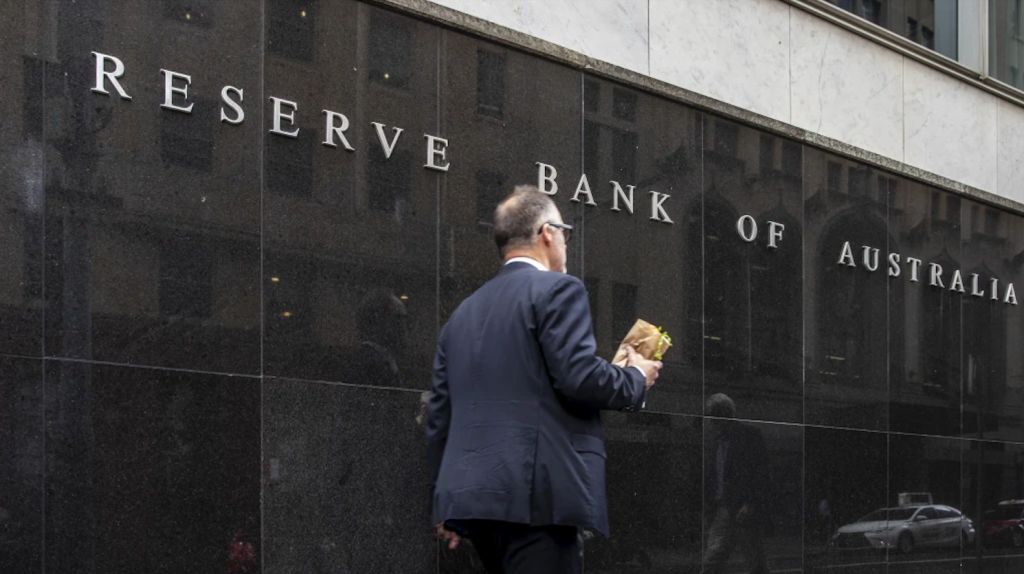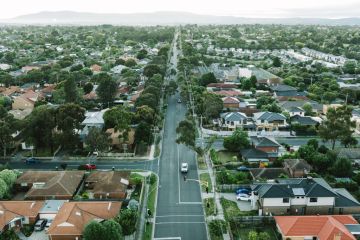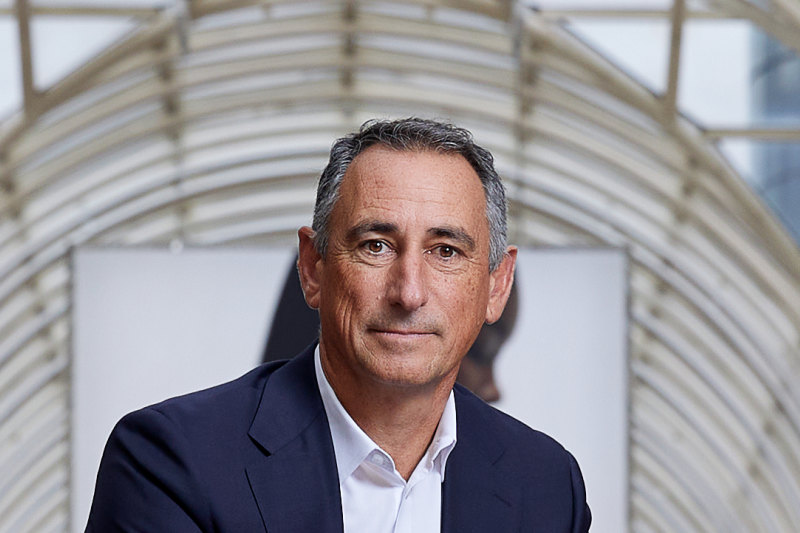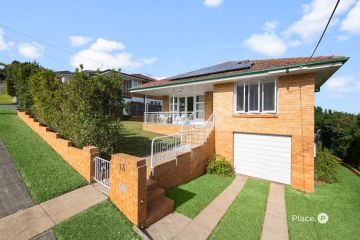August interest rate announcement: RBA lifts cash rate by 50 basis points in fourth consecutive rate hike
Mortgage-holders face more pain after the Reserve Bank of Australia (RBA) lifted interest rates by a further 50 basis points in the fourth monthly rise in a row at Tuesday’s August board meeting.
The cash rate is now sitting at 1.85 per cent, with banks’ mortgage rates considerably higher, and predictions of more hikes to come over the following months.
“Even with today’s 50-basis-point rise, the official cash rate is still below levels that, over time, would likely return inflation to the RBA’s two to three per cent target,” said Suncorp Group chief economist Paul Brennan. “Therefore, further rate rises will be required.
“However, the RBA can probably begin to slow the pace of tightening from 50 to 25 points at either the September or October board meetings and, providing supply chains gradually free up, the cash rate could peak at around 2.6 per cent later this year. This would still see a moderate rise in unemployment but a relatively steep drop in house prices.”
In a statement, RBA governor Philip Lowe said recent increases in interest rates were required to bring inflation back to target, while also flagging further rate rising in coming months guided by incoming data and the RBA’s inflation outlook.
The headline annual inflation rate in Australia rose to 6.1 per cent in the second quarter, from 5.1 per cent in the first, but did come in slightly below the 6.2 per cent expectation. It’s been mostly spurred by an acceleration in the growth of food prices and more increases in the cost of fuel and building, with some of the pressures – like the effects of the war in Ukraine and China’s COVID shutdown – beyond the RBA’s control.

The federal Labor government has predicted that headline inflation will grow further and peak at 7.35 per cent, with the economy’s growth just three per cent next year and two per cent in 2024, while unemployment will rise to 3.75 per cent by mid-2023. There are few signs of any meaningful wage growth.
Others believe the cash rate will end up higher than 2.6 per cent by the end of the year and may rise more in 2023, but then may start to come down the year after if the inflation rate settles back down.
Besa Deda, the chief economist at St.George Bank, Westpac Business Bank, BT, the Bank of Melbourne and BankSA, predicts the RBA will raise rates further this year, reaching three per cent by the end of 2022, with wage pressures building. That will then, however, be close to the peak.
“That will slow down consumer spending and economic activity and we’ll have quite weak growth over the next year,” she said. “That might mean the RBA will have to entertain rate cuts in 2024.
“But so much of that depends on consumer psychology; how people feel about the future in assessing the outlook and what it means for their spending behaviour. There are lots of challenges ahead, but also opportunities.”
Some of those opportunities lie within the rapidly cooling housing market. Although the cost of living is rising, wages aren’t going up significantly and the interest rate jumps will make it more expensive to access funds, price falls or price growth slowdowns may make purchasing property more attractive.
How much a 50-basis-point interest rate rise could cost you |
|
| Home loan principal | Monthly repayment increase |
| $500,000 | $142 |
| $750,000 | $213 |
| $1,000,000 | $284 |
| $2,000,000 | $567 |
Source: Domain Home Loans Repayment Calculator
The above table shows the approximate amounts monthly home loan repayments could increase if interest rates rise. Based on a 30-year principal and interest loan with an initial 3.5% interest rate, assuming lenders pass on the cash rate increase in full. Information is intended as a guide only. Fees and charges excluded.
The latest Domain House Price Report showed that house prices across the combined capital cities fell overall by 0.9 per cent over the June 2022 quarter to a new median of $1,065,447. That was powered by a 2.7 per cent reduction in Sydney and a 0.9 per cent drop in Melbourne.
Prices in other capital cities still grew, but the rate of growth slowed. “That’s been caused primarily by the quite aggressive rises in interest rates, and the prospect of more rises will lead to a further loss of momentum,” said Domain chief of research and economics Dr Nicola Powell.
“I think those rises, as well as inflation, the cost of living and supply chain disruptions, will weigh further on consumer sentiment and will further fuel the downturn. That apprehension will impact borrowing and the cost-of-living rises will affect borrowing capacity.
“But we have to remember, at the same time, that interest rates aren’t the only factor that affects prices. There’s also population growth, tax rules, supply pipelines and policies around housing.”
Richardson & Wrench managing director Andrew Cocks is in favour of interest rates rising strongly, and quickly, so we reach a more normal rate more quickly.
“There’s currently a lot of inertia in the market as people are sitting on their hands, waiting to see what happens,” he said. “That’s why it’s so important that interest rates return to a more normal setting.
“With monthly half-a-per-cent increases, people are unlikely to commit, but if there’s more stability in the market, and they know what the environment and their budget are, then they’re happier to make spending decisions.”
“Of course, it’s a difficult time for those with big mortgages or who are highly leveraged, but the sooner we get back to normal, the better.”
We thought you might like
States
Capital Cities
Capital Cities - Rentals
Popular Areas
Allhomes
More









